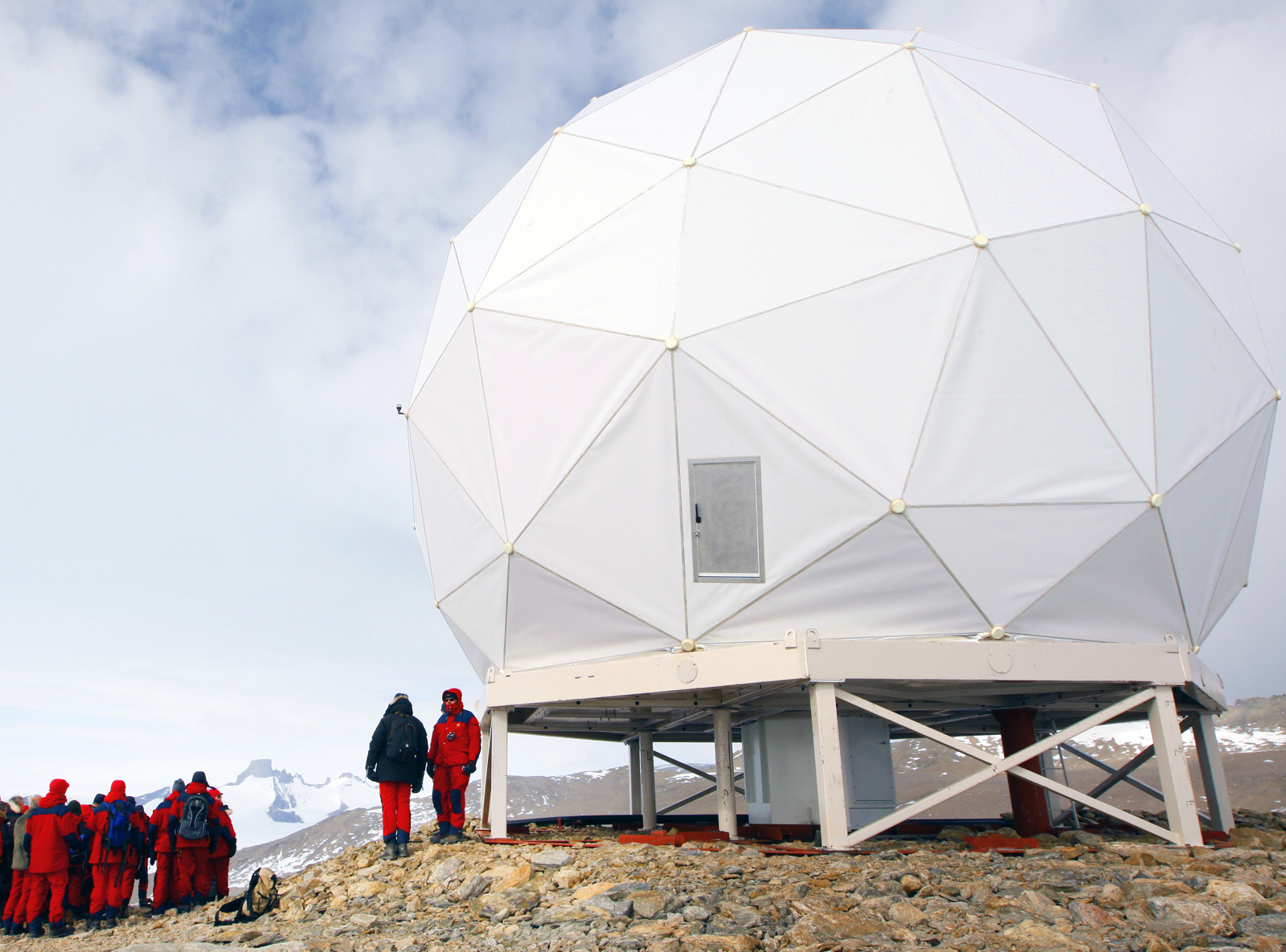
The climate at the TrollSat Station in Antarctica really puts both equipment and people to the test. Perhaps that is why Reidar Norheim always longs to return there.
-
Text:TARJE HOLTVETD
Photo:HEIKO JUNGE / NTB SCANPIX
-
Ove Ronny HaraldsenGroup Communication Manager
“It is a completely surrealistic sight. As if it was right out of a sci-fi film,“ says Reidar Norheim. He is talking about the radoms that Kongsberg Satellite Services has built in Queen Maud Land.
Large, white domes that protect the satellite antennas from the weather and wind, and which look like parked spaceships in the barren polar landscape. So far Norheim and his colleagues have set up seven of them at TrollSat Station, and an eighth will be put in place during the year.
“I don’t really like radoms because they suppress the radio signals. But in Antarctica they are totally necessary to prevent the antennas blowing away.“
EXTREME WORKPLACE
Plans to build a Norwegian satellite station in Antarctica began to take serious shape in 2002. Norheim, who spent 13 years as the station chief of SvalSat on Svalbard, was assigned to travel down to the Troll research station and assess the possibilities there. At the time, Troll was a pure summer station with 100 square metres of floor space and primitive equipment. Nonetheless, Norheim meant that the conditions were good for building a satellite station on the site - if you just did your homework properly in advance.

“If there is one thing I have learned from my years on Svalbard, it is that you have to prepare well when you are going to work in these types of surroundings. You cannot just go to the shops and buy what you forgot to bring from home. You have to think through the tasks again and again, and take a number of different scenarios into account in your calculations. Everything from equipment to transport and manning must be planned down to the smallest detail.“
When Norheim and his people had reached the point where building the station could begin, they had to take account of the unusual, on-site working conditions. At Troll, the wind strength can reach 300 km an hour and temperatures of around minus 50 degrees Celsius are not uncommon.
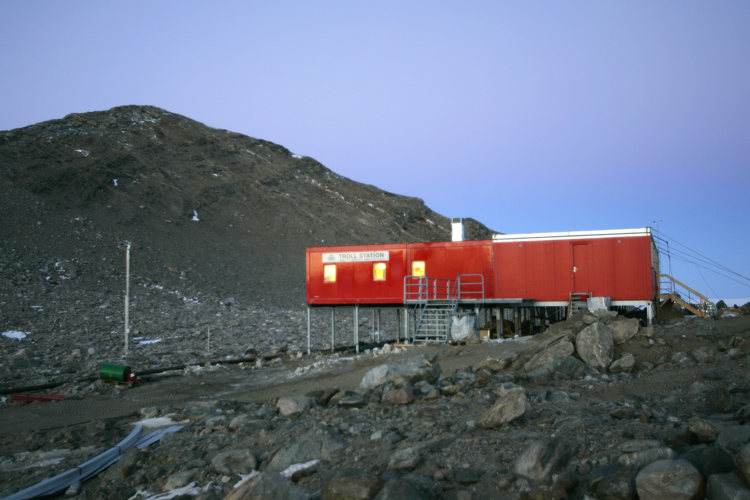
“The weather can change uncomfortably quickly. It can change from sun and Easter weather to a chaotic hell in the space of minutes. Therefore, you must always think of safety when working. If you spread all your equipment out on the ground, it can blow away before you can turn around. In other words, you can’t unpack all your toys at the same time. You must only take out those toys you are you going to use that day,“ says Norheim.
YOU USE WHAT YOU HAVE
Norheim believes the engineering textbooks are missing a couple of essential chapters; namely on improvisation and non-conformity management in polar regions. Building in such extreme climates involves trial and error. Even if one has prepared very well, you must be ready to tackle things on the fly. Even everyday situations in Antarctica can sometimes require ‘make-do’ solutions.
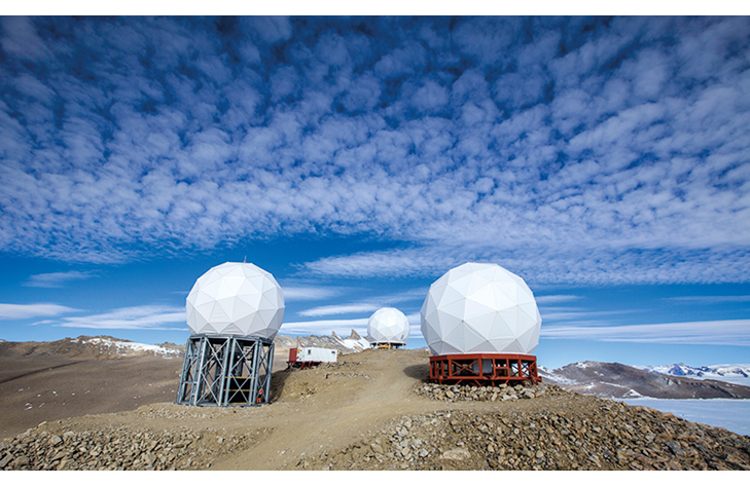
“I remember in 2003, when the station had been closed for the whole winter,“ says Norheim. “The food stores were a bit more depleted that we had reckoned on when we arrived at the start of the season. We had to make do with the little we had until New Year’s, when a boat would arrive with new supplies. After a while we noticed that the colour of the bread our cook served was becoming odder and odder. By the end it was bright orange. I thought, I have to find out the connection, so one morning I got up early and surprised the cook while he was baking in the kitchen. There he was thinning out the flour with cheese puffs and cornflakes. He explained that we were about to run out of flour, but that we had more than enough cheese puffs!“
A MOTLEY CREW
It may go without saying that as a workplace, Troll is not for everyone. “The normal working hours at the station are 12 hours every day, with every second Sunday off. Those who work here must be the sort who can help out where they are needed, whether that means making food, abseiling down a crevice on a glacier, or driving the tracked vehicle down to the edge of the ice to unload containers.
"The criteria for success is that everyone is successful"
The criteria for success is that everyone is successful. There’s no point trying to hiding yourself away in a place like Troll,“ says Norheim, who admits that the station probably attracts a different type of applicant to the average Norwegian workplace.
“It could be fun to philosophise a bit about the cross-section of crews who work there. You have everything from anarchists and Christians to people at the extremes of left and right. But, despite their differences, they also have something in common. Most of them have thoughtful natures and have spent a winter night outside before, and like cold, lonely places. And that’s the strange thing; when people are surrounded by an extreme environment it is easy for them to become a bit protective about those around them. To put it simply, I think they just get better at looking after each other.“
THE SILENCE
The Troll Station lies at an altitude of 1,275 metres above sea level on the Jutulsessen mountain. From here, Norheim and his colleagues communicate with the polar satellites whizzing around in their orbits of the earth. With satellite stations at both the top and bottom of the planet, Kongsberg Satellite Services can offer its customers a unique download frequency. Nonetheless, the technology at TrollSat is not what holds a very special place in the engineer’s heart.
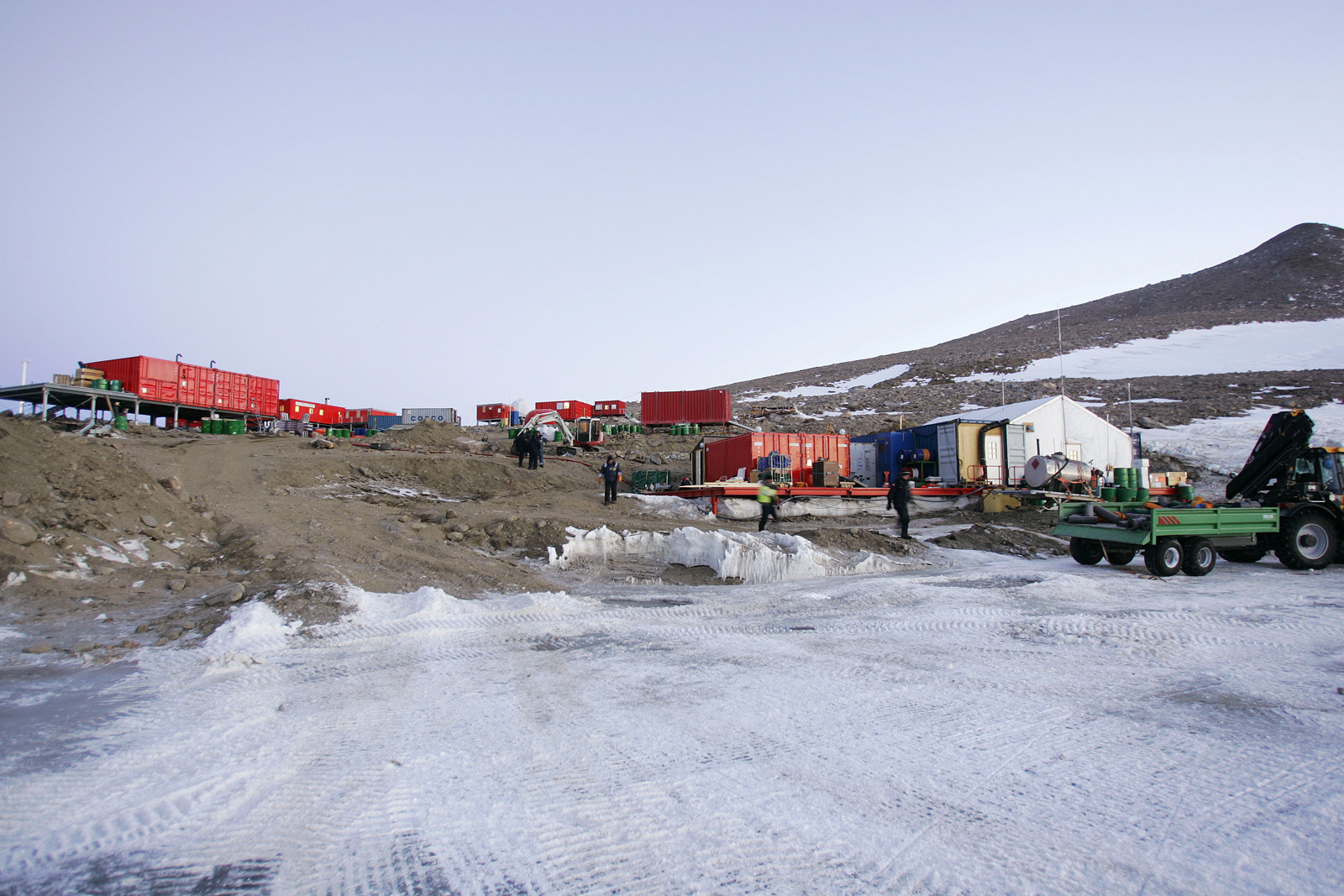
“The station is surrounded by ice on three sides. The glacier reflects the sunlight with fairytale colours: from turquoise via deep blue to white. If you turn to the east, you can see a huge scree under a line of jagged nunataks. In the spring, the air is filled with the screeches of Snow Petrels, a type of gull that nests here in their tens of thousands. But the most fascinating thing perhaps, is all the things that are not there. Of course there is no greenery, and the colour spectrum largely consists of brown and bluish white, like a rainbow with only two colours.
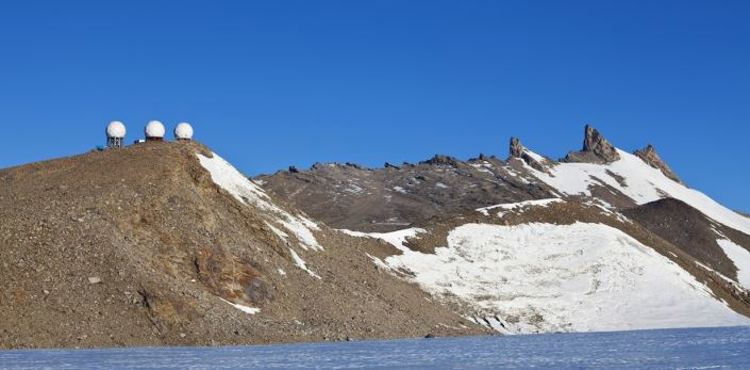
When the Snow Petrels leave their nesting sites, an almost incomprehensible silence descends over the landscape. It is so quiet that you can hear the rush of blood in your own head, and every little sound emanating from your body. In our modern society it is rare to encounter such a brutal silence.“
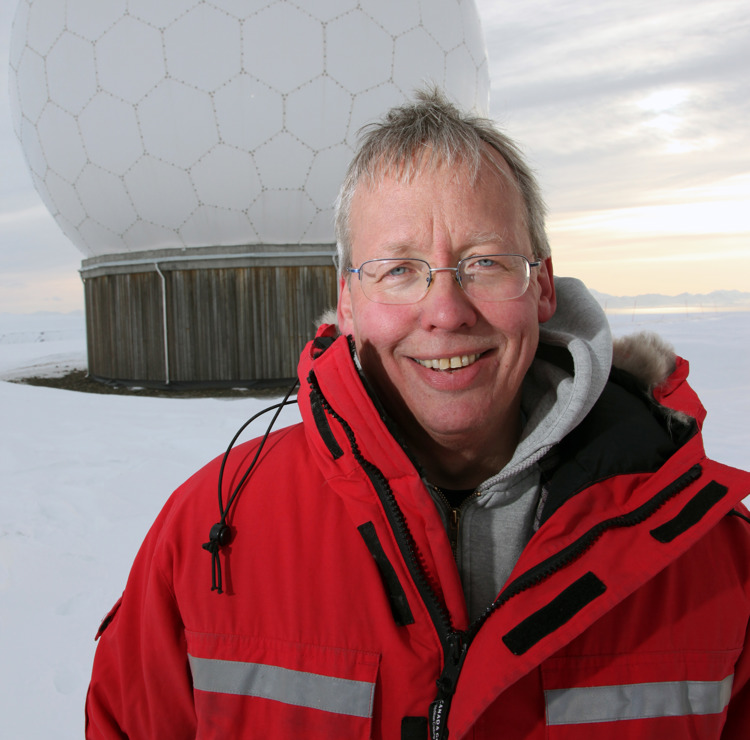
Norheim has no doubt that the years he has spent in the rugged polar nature have changed him as a person. “I have become more humble about life. I probably love my daughter even more. Polar life has made me aware that I have today, but it is by no means certain that will I have tomorrow. I appreciate the simple things more. This strange, Spartan landscape has become part of me in a way,“ says Norheim.

